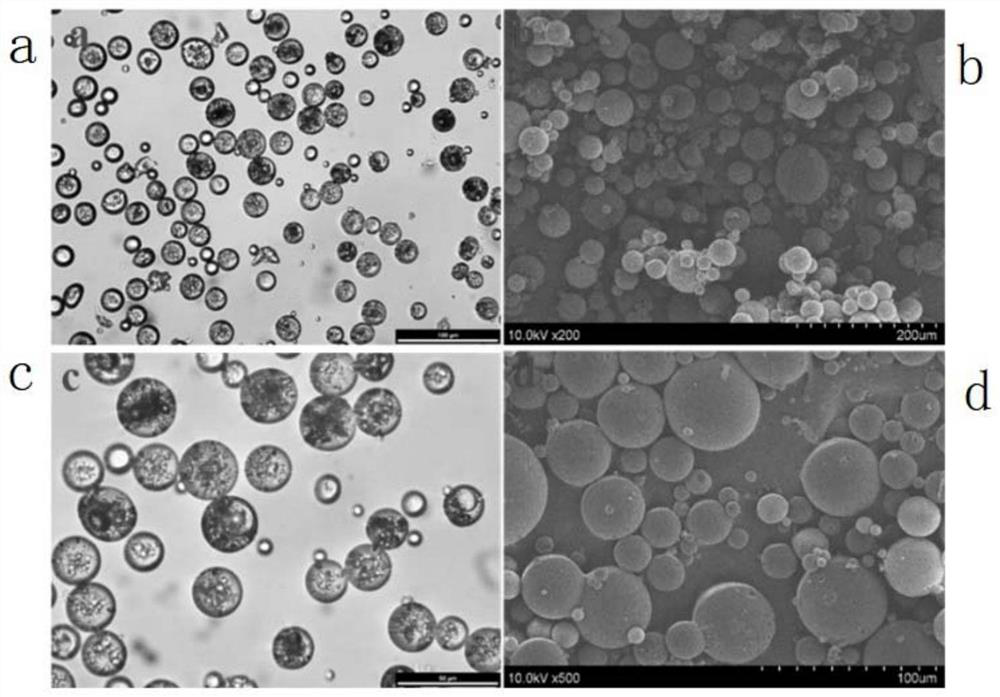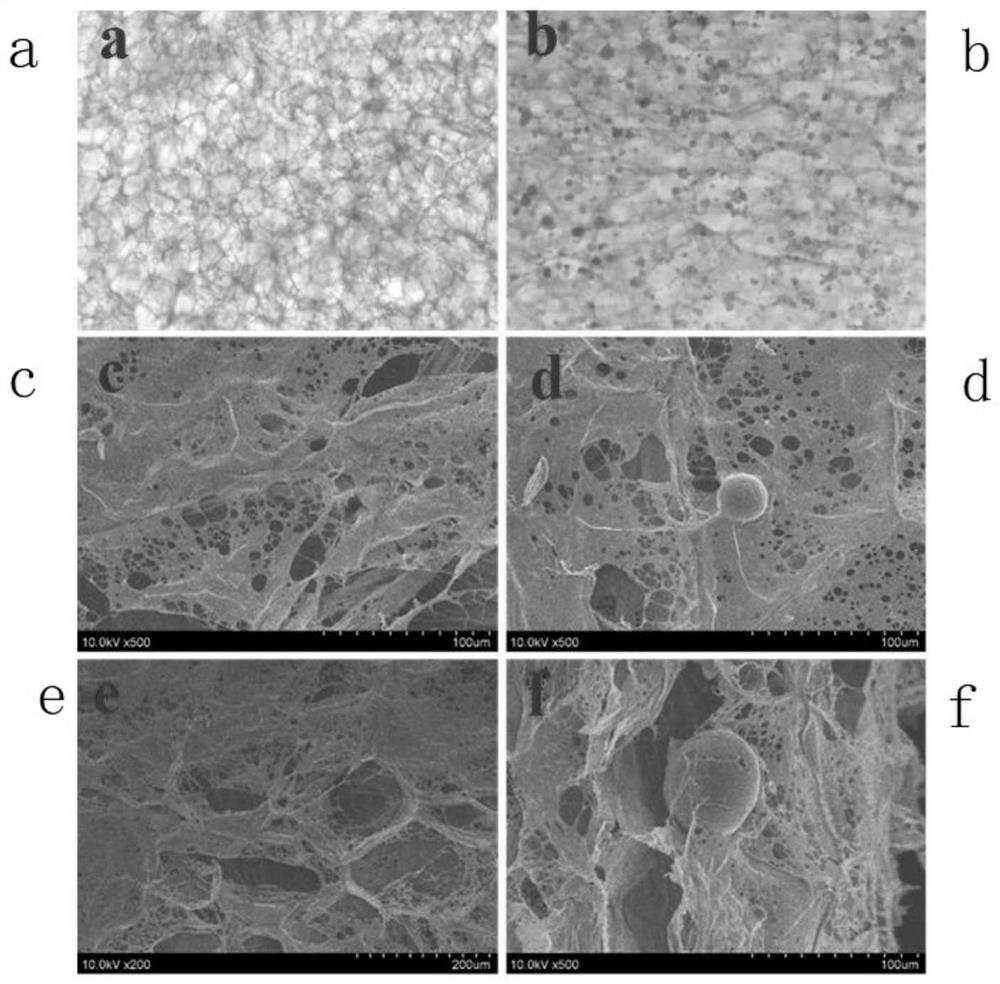Degradable stent for preventing and treating esophageal stenosis
A technology for esophageal stenosis and benign esophageal stenosis, which is applied in the field of degradable stents, can solve problems such as lack of mechanical properties, and achieve the effects of accelerating collagen degradation, reducing collagen synthesis, and increasing collagenase activity
- Summary
- Abstract
- Description
- Claims
- Application Information
AI Technical Summary
Problems solved by technology
Method used
Image
Examples
Embodiment
[0083] 1. Establishment of an animal model of esophageal stricture after ESD
[0084] (1) Shanghai white pigs (15-20kg, male) were used, fasted for one day and then intubated for anesthesia. Endoscopic submucosal stripping of the esophageal mucosa 5 cm above the cardia was performed, with a longitudinal diameter of about 3 cm.
[0085] (2) Endoscopic observation of 3, 7, 14, 21, and 42 days after endoscopic esophageal circumferential ESD, recording the time of stenosis and lumen diameter. About 2-3 weeks after ESD, the esophageal stenosis was confirmed, and food residues were seen under the endoscope, and the stenotic pores were about 1-2 mm after cleaning.
[0086] 2. Degradable stent
[0087] (1) Compared with domestic and foreign material research and actual clinical needs, polylactic acid was selected as the main material of the degradable scaffold, and the scaffold was prepared by electrospinning weaving process.
[0088] (2) Combined with clinical needs and experimenta...
PUM
 Login to View More
Login to View More Abstract
Description
Claims
Application Information
 Login to View More
Login to View More - R&D
- Intellectual Property
- Life Sciences
- Materials
- Tech Scout
- Unparalleled Data Quality
- Higher Quality Content
- 60% Fewer Hallucinations
Browse by: Latest US Patents, China's latest patents, Technical Efficacy Thesaurus, Application Domain, Technology Topic, Popular Technical Reports.
© 2025 PatSnap. All rights reserved.Legal|Privacy policy|Modern Slavery Act Transparency Statement|Sitemap|About US| Contact US: help@patsnap.com



